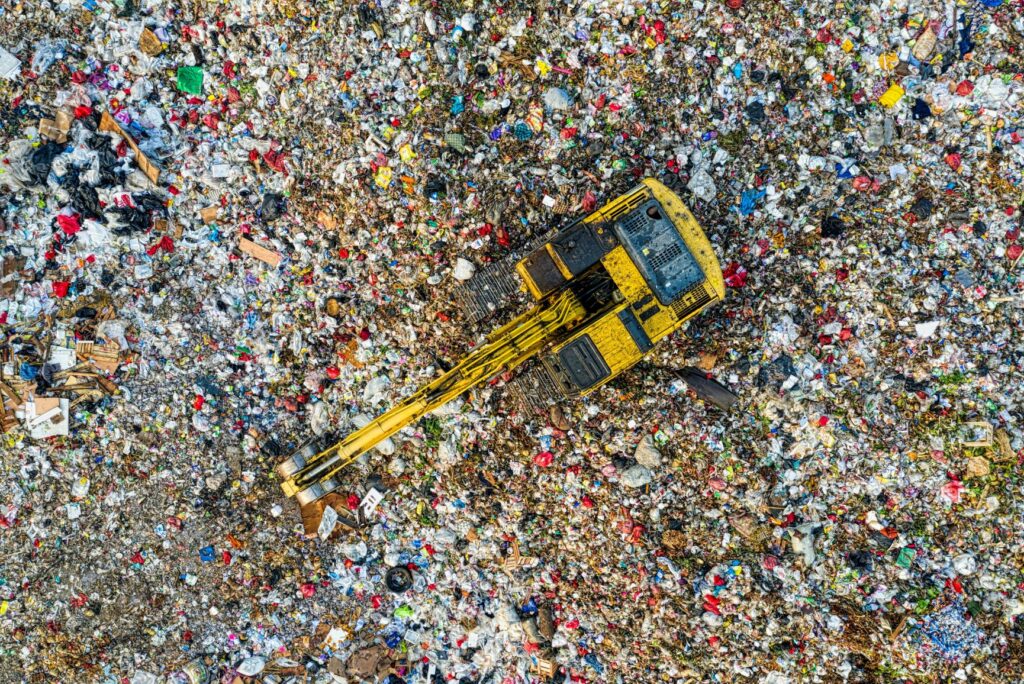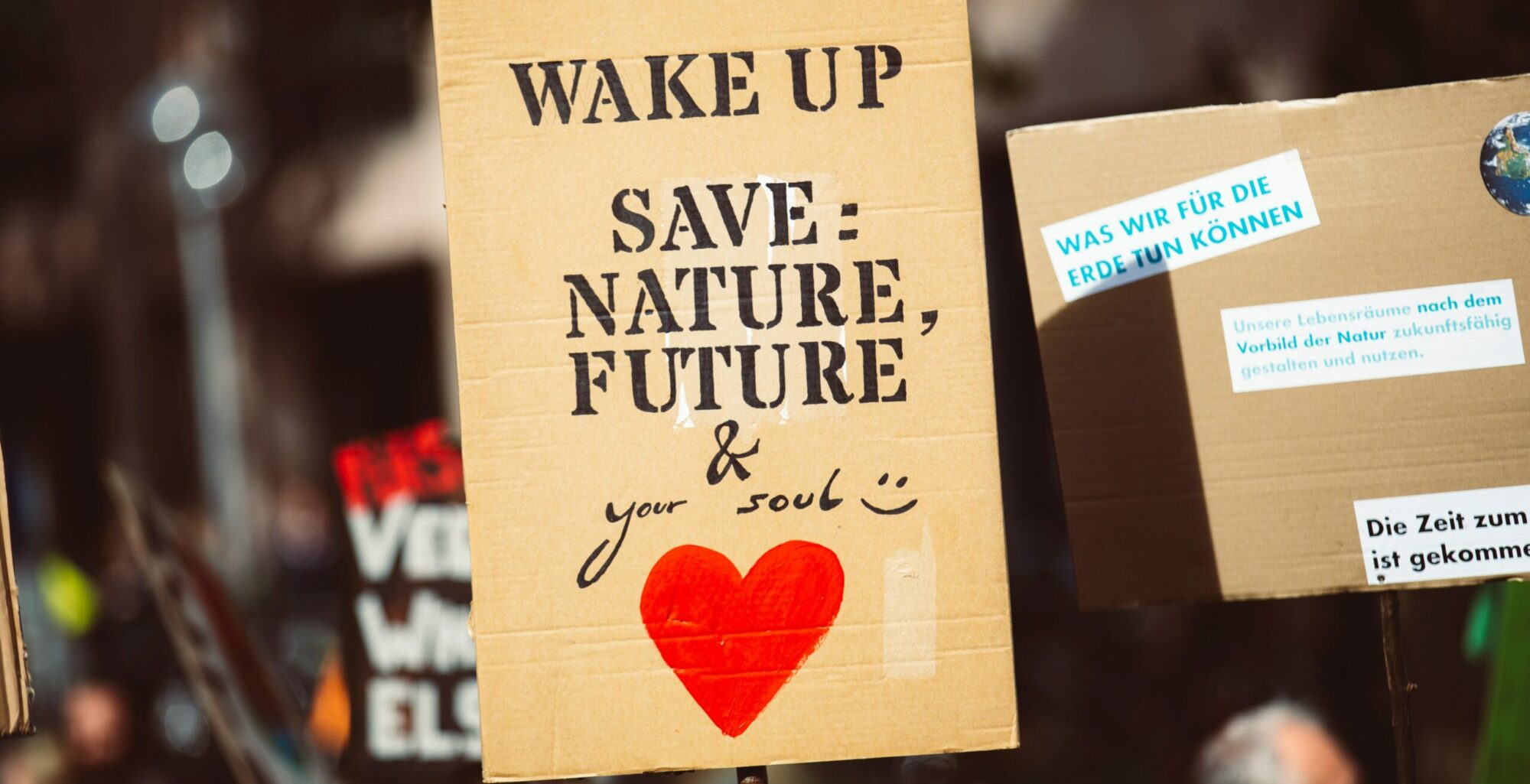Over the years, governments, through regulatory frameworks, have been making strides to phase out Plastic and carrier bags by implementing statutory instruments after recognizing the environmental problem. Plastics are found everywhere and in almost anything. From equipment to appliances, synthetic clothes to food packaging, and the list goes on. What is incredibly upsetting is the single-use plastics (non-reusable plastics), which have become not only a nuisance to the environment but toxic to human health as well.
Governments through regulatory frameworks have been making strides to phase out Plastics and carrier bags by implementing statutory instruments after recognizing the environmental problem. Plastics are found everywhere and in almost anything. They range from equipment to appliances, synthetic clothes to food packages, and the list goes on. I find single-use plastics (non-reusable plastics) incredibly upsetting, how they become a nuisance in the environment and toxic to human health.
Something noteworthy in the manufacture of plastics is their dependency on finite natural resources used as raw materials before we even consider their severe impacts resulting from use and disposal. The fact that Plastics are made from finite natural resources such as coal and crude Oils, which contribute to greenhouse gas (GHG) emissions, they should be a target product to get rid of in the environment if we want to safeguard it even for future generations. It’s only recently that biodegradable plant-based raw materials such as soya beans became popular.
I find the long degradation period of plastics in the environment a hazard that posses grave concern. Studies show that out of 8300 million metric tons of plastics manufactured, an estimated 9% is recycled, 12% incinerated, and the rest is deposited in landfills. Plastics that end up in landfills can contaminate soils and eventually pollute our waters with chemicals such as polychlorinated biphenyls (PCBs). Yet, incineration adds to GHG emissions. The lead and Cadmium from ash end up in the food chain and ultimately affects our health. Wildlife and marine life have not been spared either. I call it a slow poison that eventually sucks the life out of everything it comes across. Luckily, there is an antidote.
I feel that to meet our current demand for resource use and still enable the future generation to meet theirs, we should pay critical attention to a number of issues to stop the venom from spreading. I summed up the antidote in three parts:
Firstly, the need to rethink and restructure plastic production, use, management, and disposal. Rethink how current business models are run taking into the raw materials used, and how it is produced. It is impressive that we are already on this path. However, I feel that more businesses need support to take up innovations and technology that abandon the old traditional “cradle to grave” mannerism and harness the McDonough and Braungart “cradle-to-cradle” concept. The reason why businesses are not taking up the innovations and technology is a story for another day.
Figure 1: Plastic waste at a landfill

Source: Tom Fist Available at https://www.pexels.com/photo/bird-s-eye-view-of-landfill-during-daytime Accessed: 11 February 2021.
Secondly, a change in consumer ethics and behavior plays a significant role in plastic use. When I was 12 years old, a popular song sent big waves on the radio and TV shows. My cousins and I would sing along and dance to the catchy rhythm with our eyes glued to the colorful animations. I partially knew what the song was talking about; I did not fully understand what it was. Perhaps I was just not a curious kid as my peers then. I later learned that the song was a campaign advocating for the product-life cycle through; Reduce, Reuse, and Recycle in my Country. Imagine such awareness, changing mindsets from a young age, growing up knowing how products should be created, used, and disposed of. I know the R’s have now included Refusing and Reforming. The point is, removing waste from the environment and turning it to good use, calls for mindsets change across all age groups. it should become a part of us.

Figure 2: Processes under Circular Economy
Last but not least, strengthened policies and regulations, coordination between business entities, governments, policymakers, and consumers can reinforce the principles of a circular economy. Just as promoted by the Ellen MacArthur Foundation, highlighting the need to reduce waste generation and pollution and closing the loop in the product manufacturing cycle. The need to consider end products earmarked for disposal back into the process as raw materials can not be overemphasized. Plastics fit perfectly under the transition to a circular economy. The result is a lessened burden on natural resource use, thereby restoring ecosystems rather than just protecting them. That is sustainability development I affirm, tackling the social, economic, and environmental aspects.
Change is gradual. However, making steady yet significant baby steps such as changing product packaging to paper, using alternative biodegradable raw materials, and educating users to refuse single-use plastics sets us on a sustainability trajectory. We can remove the poison.
References
Geyer, R., Jambeck, J. R. and Law, K. L. (2017) ‘Production, use, and fate of all plastics ever made’, Science advances, 3(7), pp. e1700782.
Sun, Y., Wang, S., Li, J., Zhao, D. and Fan, J. (2017) ‘Understanding consumers’ intention to use plastic bags: using an extended theory of planned behaviour model’, Natural Hazards, 89(3), pp. 1327-1342.
Wagner, S. and Schlummer, M. (2020) ‘Legacy additives in a circular economy of plastics: Current dilemma, policy analysis, and emerging countermeasures’, Resources, Conservation and Recycling, 158, pp. 104800.
